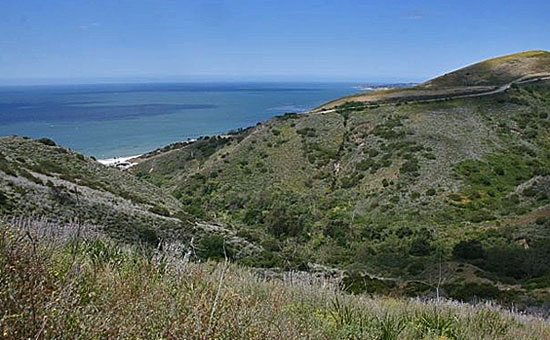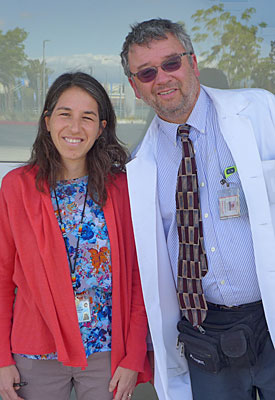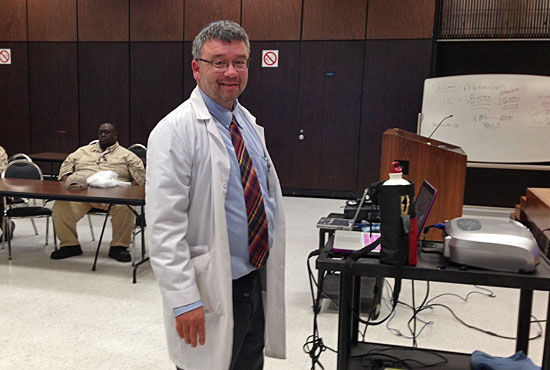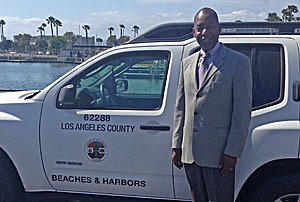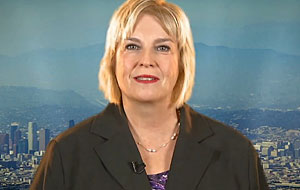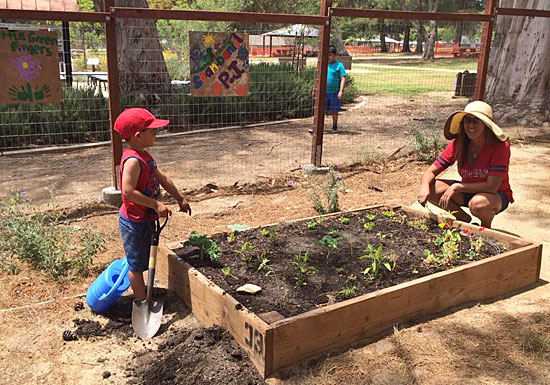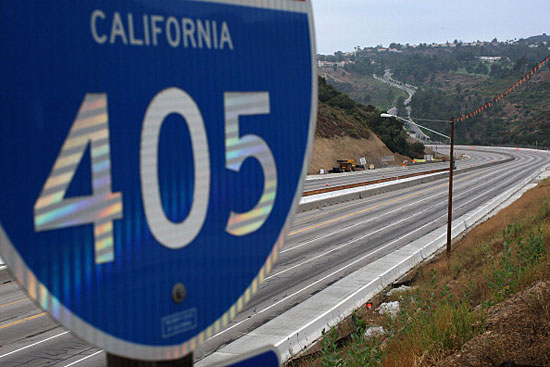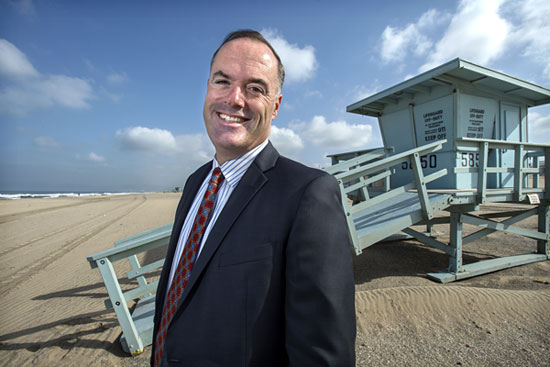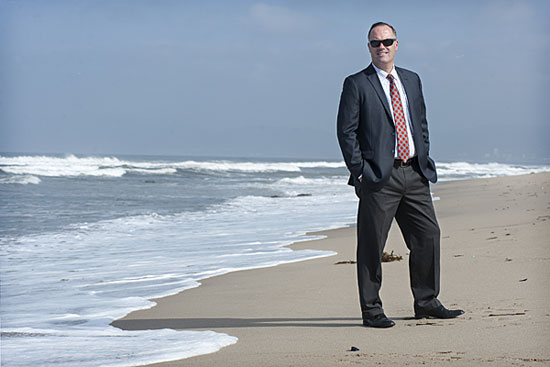The (new) end of the trail
For years, hikers have been banned from Malibu’s Puerco Canyon Trail and the rest of a stunningly scenic 703-acre property in the Santa Monica Mountains, mostly owned by film director James Cameron.
According to Paul Edelman, chief of natural resources and planning for the Santa Monica Mountains Conservancy, visitors were met with barbed wire and security teams until a few years ago, when they were finally allowed to walk through the oak-studded property, home to a variety of wildlife.
Still, access has stopped short of the end of the trail. At one point along the way, hikers are met with a chain link fence that keeps them from connecting to the adjacent Corral Canyon Trail. And hikers on that popular 2.5-mile loop have been stymied by that same fence, which prevents them from heading into Puerco Canyon.
But that final barrier is about to fall: On Tuesday, the Los Angeles County Board of Supervisors approved a $6 million allocation to help purchase Cameron’s acreage. Also contributing to the purchase: $4.5 million from the Wildlife Conservation Board and $1.5 million from the California State Coastal Conservancy.
The new owner, the Mountains Recreation and Conservation Authority, will oversee the property with the goal of preserving open space, habitat and resources. Once escrow closes, a date for public access will be set.
The collective 24 parcels of land known as the Puerco Canyon Properties, formerly slated for housing development, represents a major piece of the geographic puzzle in Supervisor Zev Yaroslavsky’s longstanding effort to foster preservation and public access in the Santa Monica Mountains.
The property will dramatically increase access between 1000-acre Corral Canyon Park and the 7,000-plus-acre Malibu Creek State Park, Edelman said.
“It’s the last big piece in the Malibu State Park core habitat areas,” Edelman continued. “There aren’t too many big ownerships left in the Santa Monica Mountains. This is the last big sucker in L.A. County.” (The remaining large private properties in Ventura County are the 1000-acre Deer Creek Canyon property owned by the Mansdorf Family Trust and the even larger Broome Ranch).
The “last big sucker” is significant for more than its size. Contained within its borders are major sections of the new Coastal Slope Trail. This project-in-development includes a small portion of the existing Puerco Canyon Trail and will eventually run about 65 miles from Point Mugu State Park on the coast to Topanga State Park in Topanga Canyon.
Not only does the parcel facilitate new trails—its acquisition serves to preserve a delicate ecosystem. According to the coastal conservancy’s project summary for the purchase, the Santa Monica Mountains “encompass a rare biome that can be found in only four other locations on the planet.”
Vegetation and wildlife include native grassland, chaparral, coastal sage scrub, sycamore-willow woodland, oak trees and a wealth of animals, including mountain lions, bobcats, and gray foxes.
Said Edelman: “You could say that it probably has one of everything, animal-wise, with the exception of maybe salamanders. My guess would be 15 of the 19 snakes in the Santa Monica Mountains are down there, just because it’s so big.” The acquisition will also protect drainage areas that play an important role in the movement of wildlife in the area.
Not bad for a former pig farm. Along with its small enclave of luxury houses, Puerco Canyon was once home to a sprawling pig farm that existed into the 1980s.
That’s good for hikers too, Edelman said. “There’s a portion that has not been accessible to the public that has a whole system of neat little trails that were carved for the pig farm,” he said. While the trails were created for farm vehicles, they’re trail-ready for hikers and their dogs — or any pet pig that might choose to tag along.
Posted 5/30/14

